Fish
In the Kitchen with Ottolenghi and NOPI Head Chef Ramael Scully
There are a few leading lights of the food world, figures that pave the way for new movements; Yotam Ottolenghi is one of them.
His food celebrates vegetables enlivened by the Middle Eastern flavors he grew up eating, and his creativity with all things green (and orange, and purple, and red…) won him the attention of the public at a time when meat was the center of most menus.
More: 16 of our favorite Ottolenghi recipes.
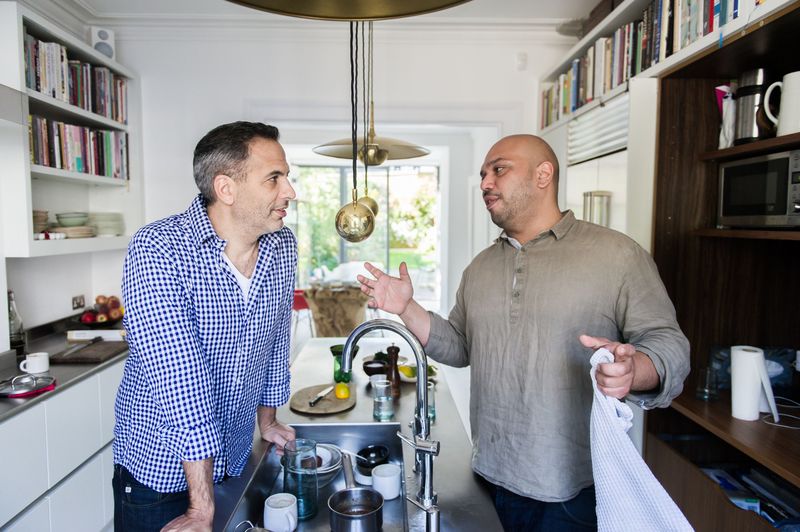
In 2005, he met Ramael Scully when he came in for a trial shift at Ottolenghi Islington. After falling in love with his rich, complex food, Ottolenghi gave Scully (who’s only called “Ramael” by his family when he's in trouble) the job.
Scully’s colorful, decadent cooking is a product of his layered heritage. Born in Malaysia to a mother of Chinese and Indian descent and a Malay and Irish father, Scully moved to Sydney as a child. He attended culinary school there and decided to pursue cooking.
“I wanted to travel all over the world. So that’s when I decided to try cheffing. When I first started out, my friends thought I was nuts. It wasn’t seen as a stable thing to do back then. Food has changed so much now. I think I started just at the right time!”

Scully soon began creating recipes for the Islington branch, and in 2011, when Ottolenghi decided to launch a “grown-up” fine dining restaurant, he called upon Scully to head the kitchen.
Four years on and NOPI is one of London’s most talked-about restaurants, and Ottolenghi and Scully’s recently released NOPI cookbook (out today in the U.S.) is a number one bestseller.
When we visited Ottolenghi’s Camden home and watched him work in the kitchen with Scully, their clashing cooking personalities were clear. “Each one of us has their own way of cooking, and we respect that,” Ottolenghi told us. “But we’ve both evolved working together.”
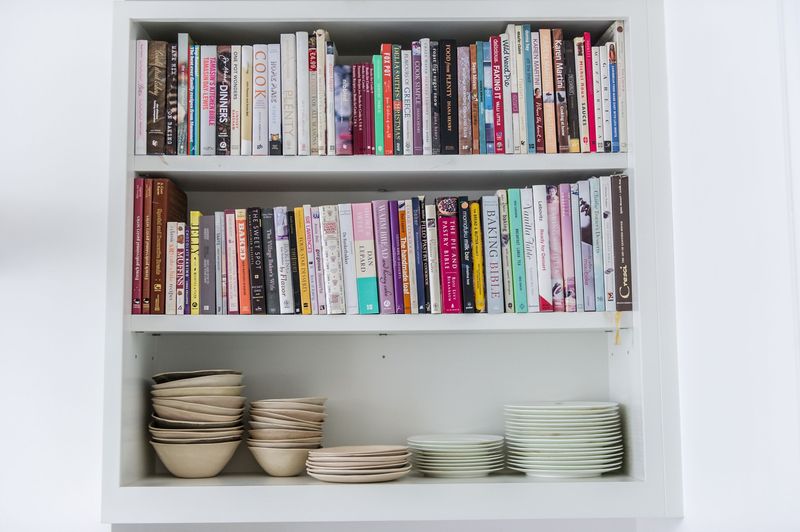
Through working side by side, Ottolenghi and Scully’s cooking techniques have collided, and the Middle Eastern and North African flavors that Ottolenghi has become synonymous with have blurred.
“We’ve got very different backgrounds,” he explained. “Scully grew up in Southeast Asia and Australia. His influences are Indonesian, Chinese, Malay, Thai…While I grew up with Arabic and North African food influences. For me, it’s often the case that things are slightly more rustic. I use fewer processes, fewer ingredients. Scully is more of a modern cook, he uses new ingredients and techniques.”
Both cooks grew up in families where food was the center of life. “I grew up in a very foodie family,” Ottolenghi said. “We had proper meals as a family. We traveled a lot so our eyes were always being opened to new flavors. My mother was a very adventurous cook. Even in the 70s and the 80s, she used to cook curries and use coconut and things, which, for Israel at the time, was quite unusual.”
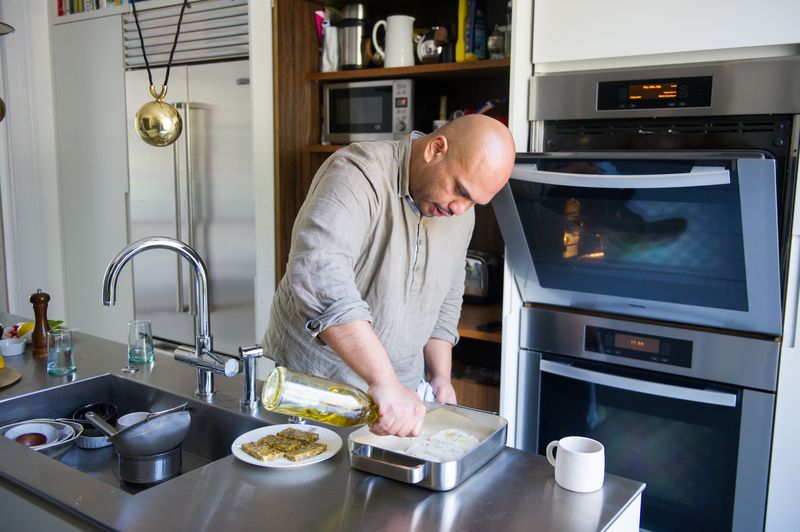
Scully’s own childhood was also orchestrated around the table. “We used to have the feasts of feasts! Eating with my aunties was such a huge part of my childhood. Each auntie would bring a different dish. There was always a competition over who could cook the hottest curry. It was always kind of crazy.”
Hungry and slightly star-struck, we watched the two at work creating a favorite recipe from their book: halibut with a pine nut and pistachio crust on top of an arugula and watercress soup topped with bright pink radishes.
The two whirl around the kitchen, stirring, turning, and slicing the food. “When it came to the book, our collaboration became more important than ever,” Ottolenghi told us.
“We had to turn restaurant recipes into things you can actually cook at home. Which is more my territory than Scully’s. He is a real restaurant chef, while I always try and write recipes for home cooks. Certain processes of the dishes Scully developed had to be shortened and made more approachable for the home cook. We wanted all of the flavors but not all of the ingredients.”
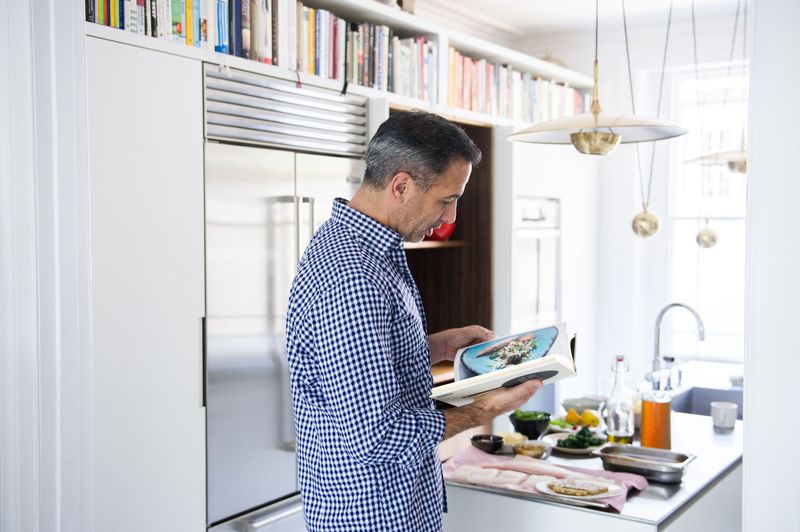
It is precisely Ottolenghi and Scully’s differences in the kitchen that has made NOPI such a success. Ottolenghi has become enraptured with East Asian foods, rich with sambals and Asian spices, while Scully has learned to love subtlety as much as decadence.
Growing up with a group of Malaysian aunties, Scully developed a taste for hot, generous portions. “There was always a lot of food growing up. Which is why even now I always make too much. My friends always come away from dinner at mine with doggie bags,” he laughed.
“Initially Scully would write recipe and put ‘Serves 25’,” Ottolenghi told us. Scully agreed: “Over the last five years I’ve learned to take criticism in a whole different way. Ottolenghi’s advice is always helpful!”
“If I give Scully a recipe that I have written, I know that he’s going to complicate it. He cannot help himself. It’s his nature. He takes my recipes and turns them into his! We both cook with each other’s flavors now. When people ask what cuisine we do at NOPI, and we just say ‘everything’! But if something is traditional and good as it is, we tend not to mess around with it.”
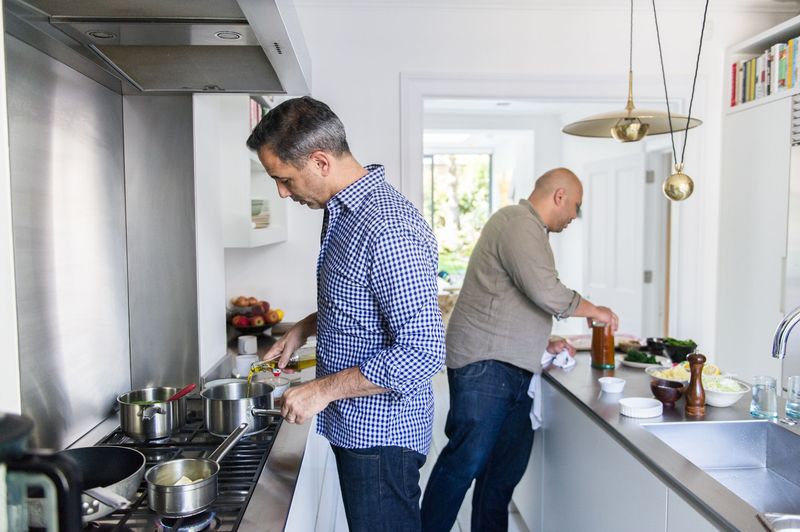
For both cooks, travel is a constant source of inspiration. “At NOPI, we love using great flavors, no matter where they come from,” Ottolenghi said. “When you travel you find all of these new flavors. If you take little steps and are careful about how you mix things up, you can often get it right.”
But even if Ottolenghi travels frequently, hunting for flavors and ingredients, he’s built a home base—with his partner Karl and their two-year-old and an eight-week-old sons—that must be hard to leave. His bright, airy kitchen opens out onto a dining area, where his beloved table sits surrounded by bright chairs and colorful artwork.
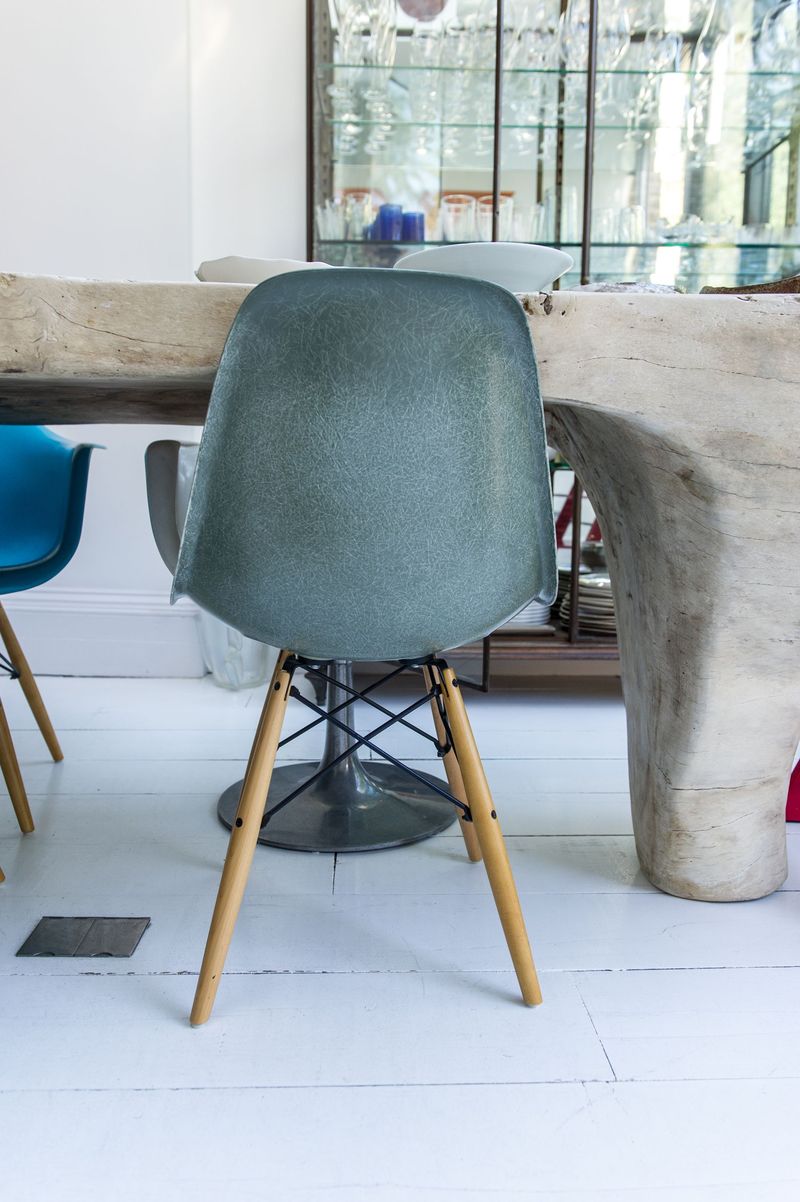
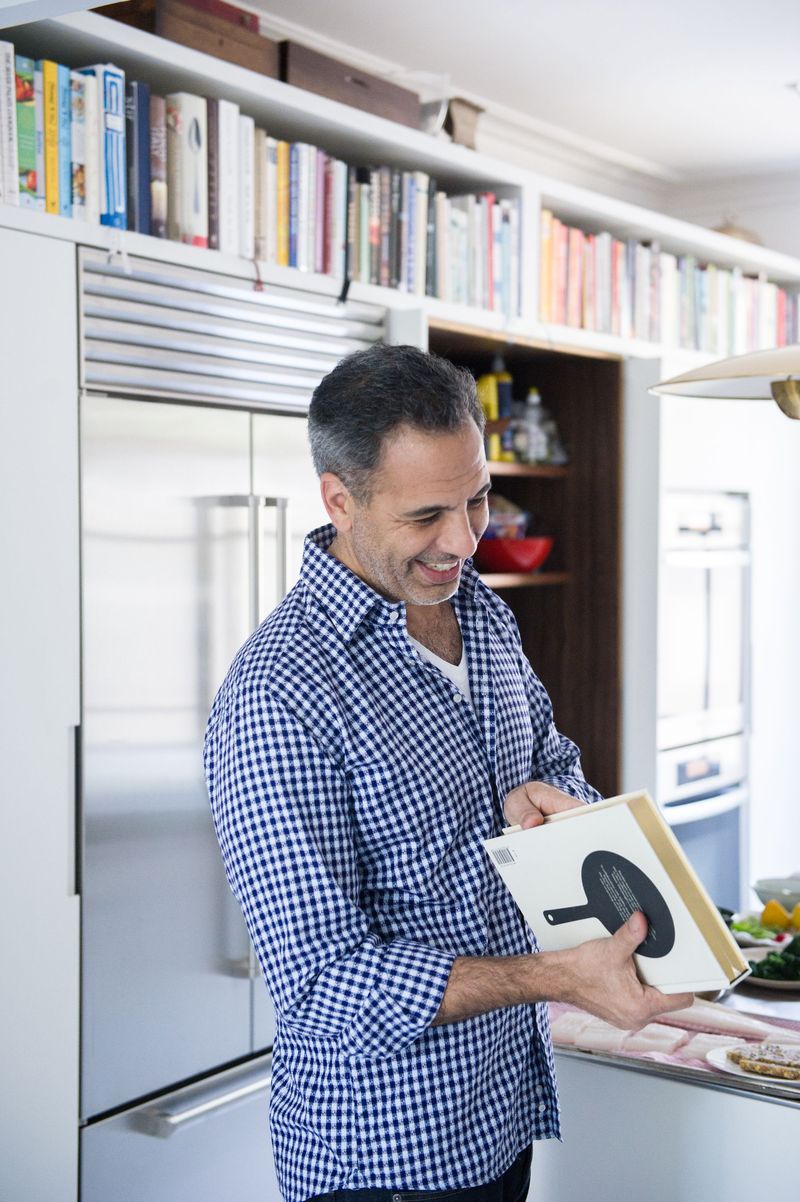
“This table has been all over the world. My architect friend sourced it in Israel and shipped it back here. It was a pain to get into the house. Can you imagine how you get a thing like that in this space?!” The giant table is carved from one piece of wood, and is meant to be surrounded by guests.
Scully, who lives in Finsbury, is also partial to feeding friends at home. “I do a lot of dinner parties. And I’m Australian, so by dinner parties I mean barbecues. I’ll get home at 12:30 A.M. and put a piece of brisket on to cook all night.” We can only live in hope for an invitation.
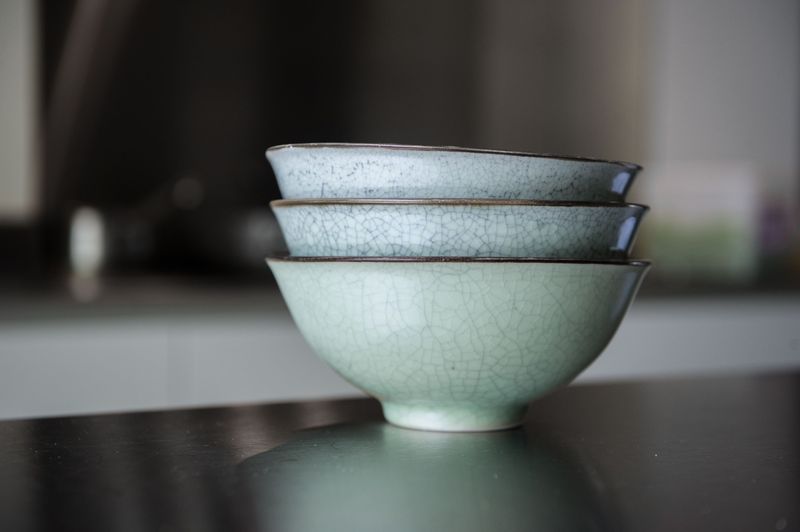
More than anything else we noticed that afternoon, we were struck by Ottolenghi’s admiration for Scully. He introduced his friend by saying, “This guy’s a genius!”
Despite his own successes, Ottolenghi is in awe of Scully’s talent. It is Scully’s recipes, refined by Ottolenghi, that fill most of the NOPI cookbook. “I always start with one basic element and then build upon it to make it my own. I think Yotam is the same in that way. I have this theory that if you’re going to create a dish, you have to make it yours. You can’t just copy 90% of someone else’s recipe. I look for inspiration and try to make it as original as I can.”
The cookbook was a bold change from Ottolenghi’s previous veg-centric books. I asked him if it felt like a risk. “It definitely felt different from the other books, yes. Many of the recipes are slightly more challenging for a home cook. So there was an element of risk, but I knew that it would be loved by whoever took on the challenge.”
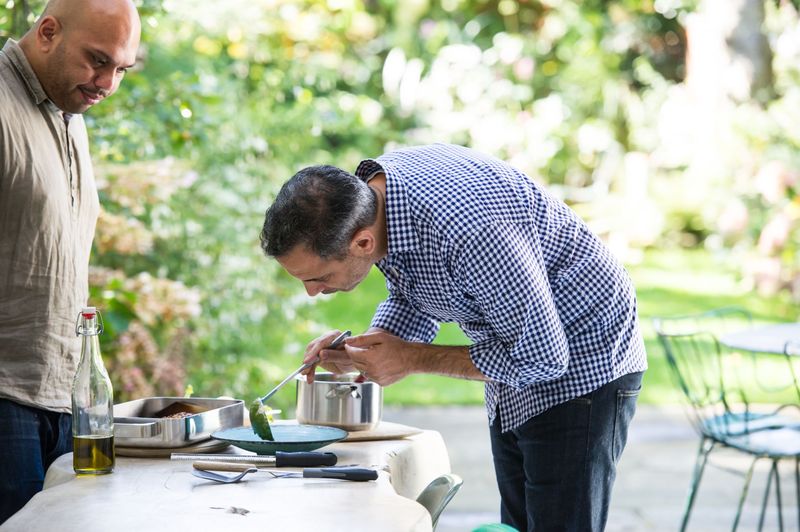
The smell of nutty brown butter and baking fish fills the room, and the two begin plating up lunch. Their heads meet above the dishes, hovering over the food. They are accurate with their preparation, but never fussy. “We like food to look approachable. We definitely don’t use a ruler when we plate!” said Ottolenghi.
“I love to tell the story of a dish. So for me, putting the food on the plate and styling it are as much a part of it as anything else.”
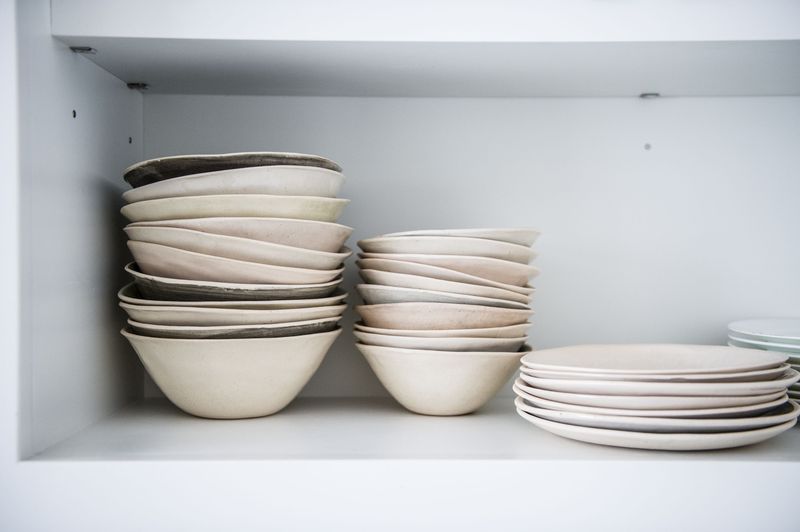
The fish was succulent, spilling with juices. The soup was refreshing and vividly green, while the nut crust added crunch and an oaky depth of flavour. Scully and Ottolenghi stepped back and begin discussing the plans for the day. while we disappeared into the plate. The food was perfection—warm, comforting, rich and refreshing.
But really, we hadn't expected anything less...
Pistachio and Pine Nut-Crusted Halibut
Excerpted from NOPI (Ten Speed 2015)
Serves 6
For the pistachio and pine nut crust:
10 tablespoons (150 grams) unsalted butter, cut into 1/3-inch dice
2 ounces (60 grams) shelled pistachios, lightly toasted and coarsely chopped
2 ounces (60 grams) pine nuts, lightly toasted and coarsely chopped
1/4 teaspoon superfine sugar
2 tablespoons lemon juice
For the wild arugula and parsley vichyssoise and the halibut fillets:
3 1/2 ounces (100 grams) parsley stems and leaves
5 1/4 ounces (150 grams) wild arugula
3 tablespoons olive oil, divided
3 tablespoons (40 grams) unsalted butter
2 medium shallots, coarsely chopped (3 1/2 ounces/100 grams)
3 cloves garlic, crushed
1 medium leek, green and white parts finely sliced (7 ounces/200 grams)
2 large all-purpose potatoes, peeled and cut into roughly 3/4-inch pieces (13 ounces/370 grams)
1 ounce (26 grams) spinach leaves
6 halibut fillets, skinless and boneless (1 pound 14 ounces/950 grams)
2 tablespoons lemon juice
12 breakfast radishes, green leaves and roots left on and sliced in half lengthwise (or 8 round radishes)
Coarse sea salt and black pepper
See the full recipe (and save and print it) here.
Photos by Issy Croker
Words by Meg Abbott
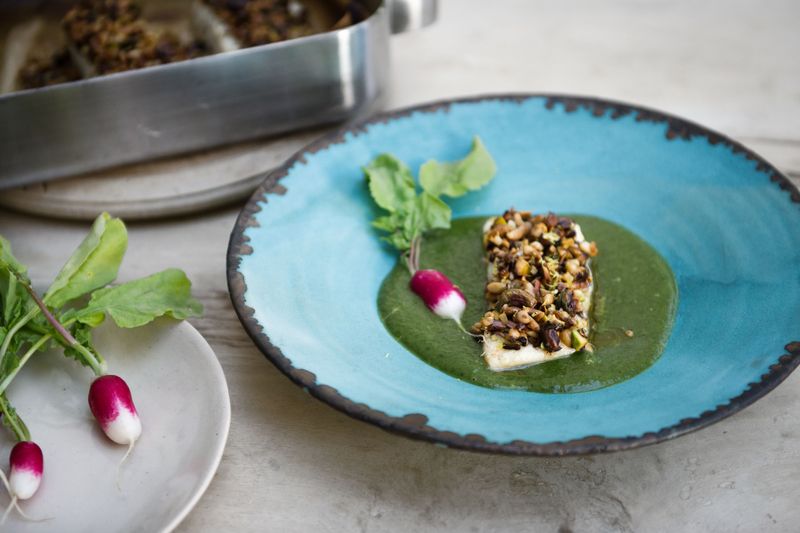
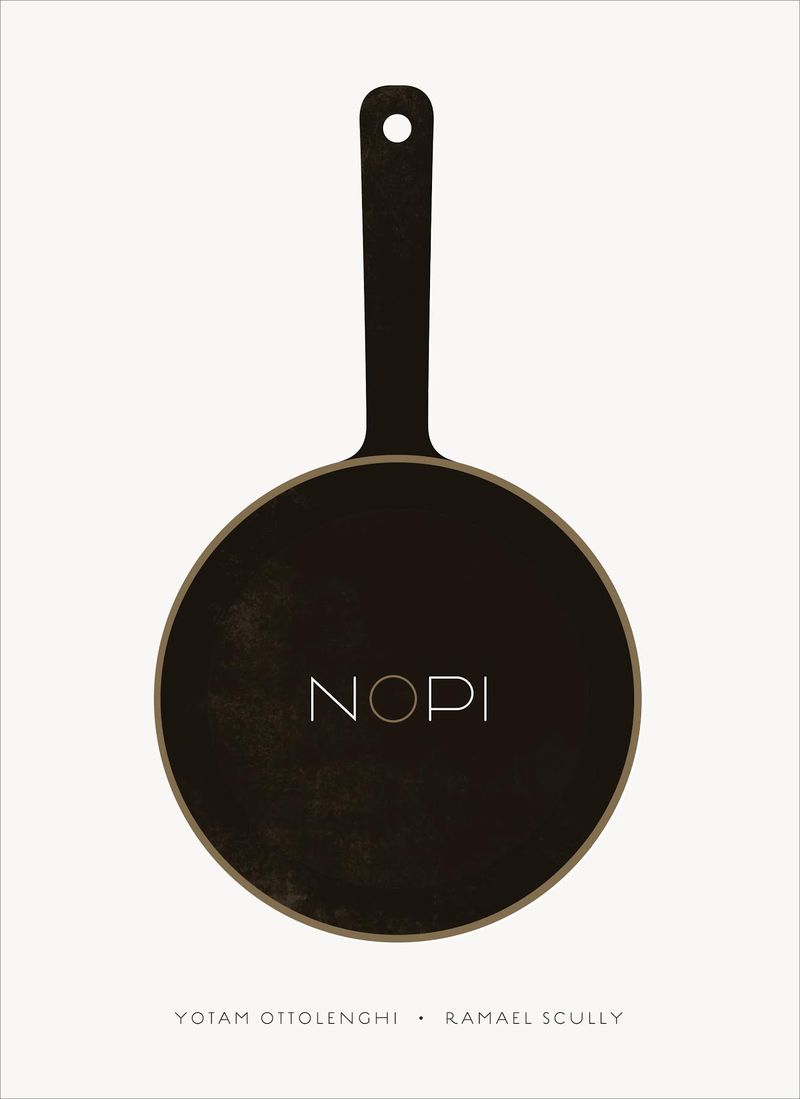


See what other Food52 readers are saying.